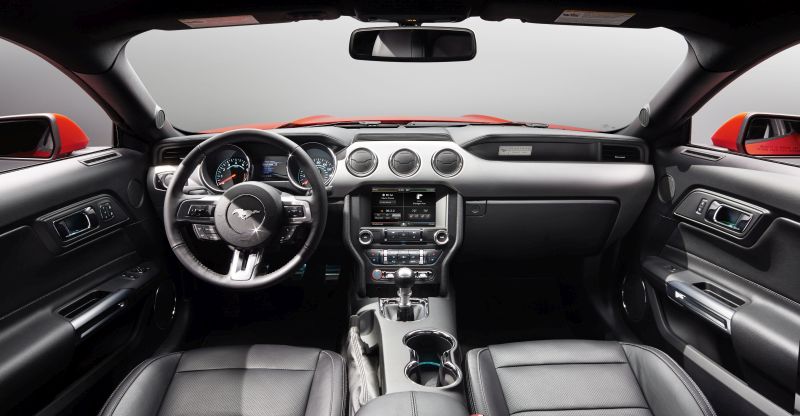
The inside gets a sporty makeover, too, with a big, chunky steering wheel, again with the stripes and Mustang logo adorning it, which feels very nice to hold. Maybe, it’s because it’s the first I’ve had of it, or, maybe, it was designed to make one feel that way. The information console doles out the required numbers with good ol’ needle-analogue meters giving me all the info I really need. And, since this was the automatic version, I had paddle-shifters behind the steering wheel, which let me control the six speeds that funnel the power to the rear.
Now, I realise that a four-cylinder muscle-car might seem like a scene out of a cartoon where they blow into one hand and the fist grows bigger — there’s just one bank of four cylinders when you’d expect two — but the technology going into it ensures you get your money’s worth of power. The 2,300-cc in-line four uses direct injection, twin independent variable camshaft timing (TiVCT) and, of course, turbocharging to deliver old-school V8 like output figures: 314 PS and 434 Nm, but with more sensitive emissions, with rated CO2 being just 179 g/km. Brilliant! Time to get a move on, then.
A great bane of muscle-cars was their handling. True, they rocketed forward in a straight line, but when there was a turn to take, they rocketed right past it too, usually with unsavoury results. Thus, when the new Mustang was closing in on its launch, there was a spanner in the works. Yes, the handling could have been better, they said. And thus began the reworking of the suspension system with just about 700 days to go to the global reveal.
Yes, the makers were on a tight deadline when it came to unveiling the car, and in those few hundred days, it went through a complete reincarnation. Gone was the archaic rear suspension and in came the new independent rear suspension. The potential of the car went up so dramatically that the under-performing front suspension went on to be replaced by an independent double-ball-joint MacPherson strut with a stabiliser bar. Let’s also not forget the electric power steering. How did all these changes benefit the car? Nothing like a tight and winding track in the heart of Germany to try it out, and Car India just happened to be at the Bosch Proving Ground in Boxberg.


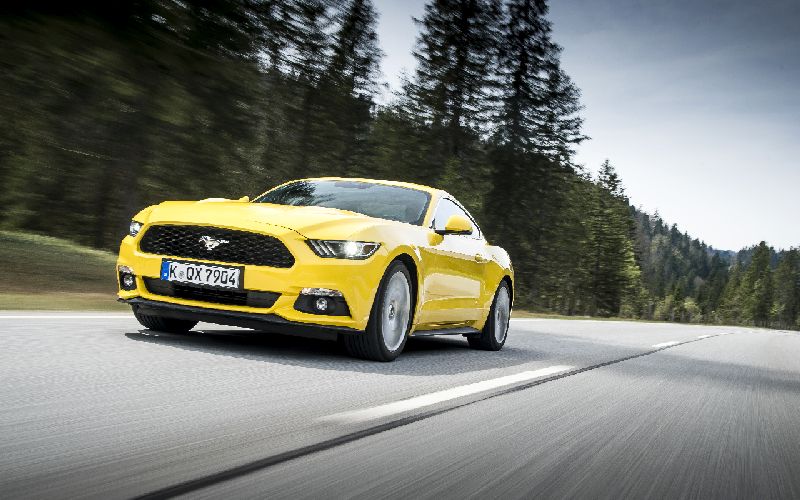












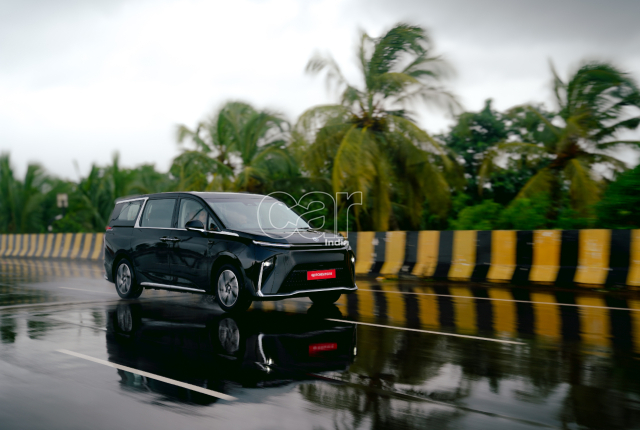
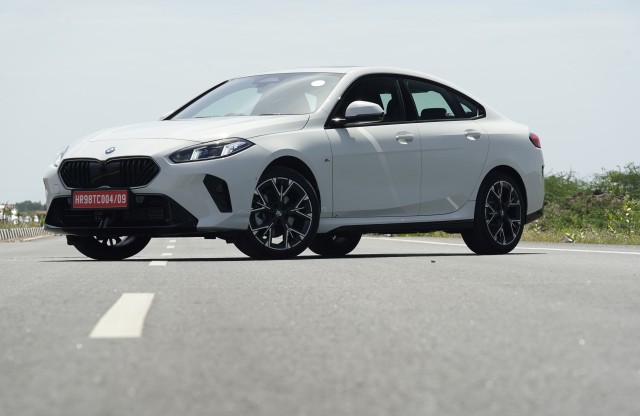
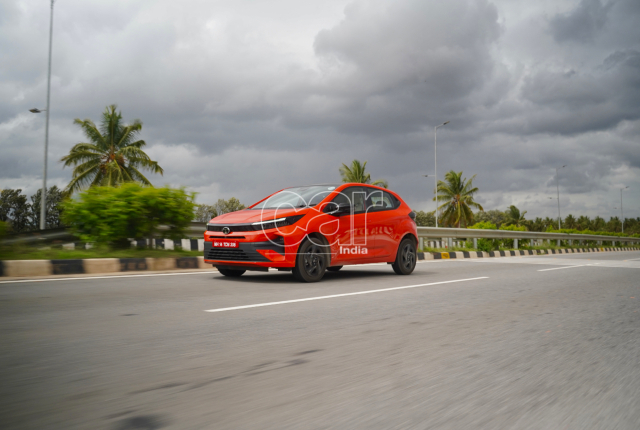
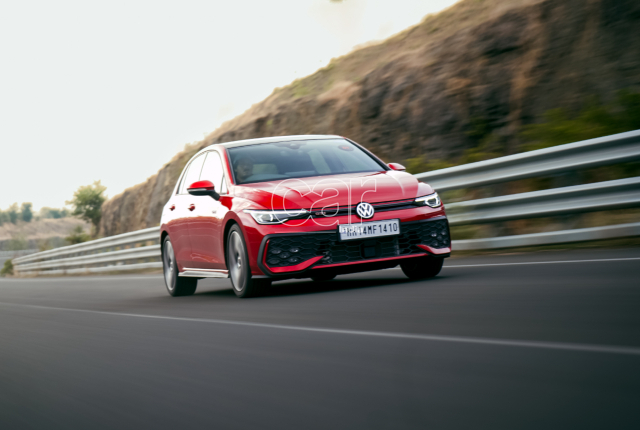



Leave a Reply